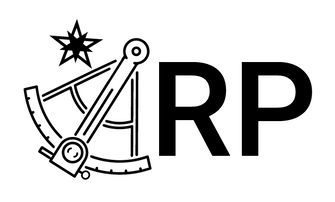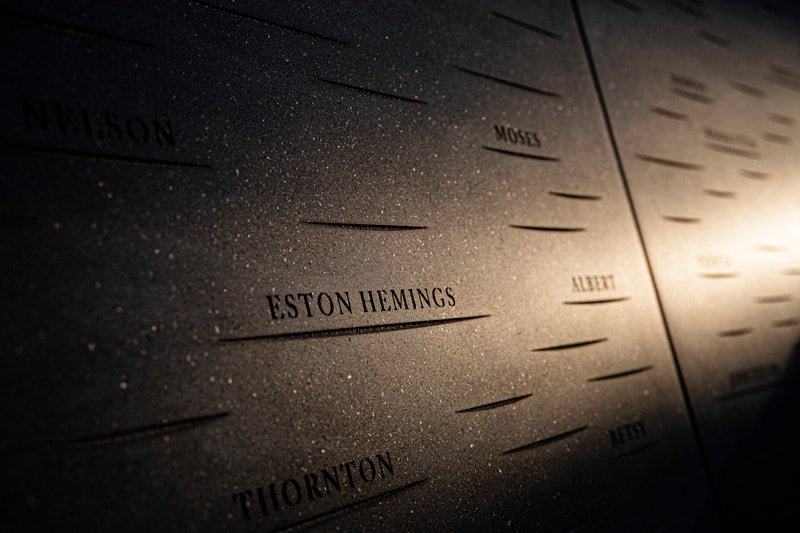MUSIC UNDER THE STARS
ROTUNDA PLANETARIUM
NOVEMBER 25 & 26, 2022
LIVE MUSIC AT THE TOP OF EACH HOUR
DAVID MCCORMICK, BAROQUE VIOLIN
ROTUNDA PLANETARIUM
NOVEMBER 25 & 26, 2022
LIVE MUSIC AT THE TOP OF EACH HOUR
DAVID MCCORMICK, BAROQUE VIOLIN
Thomas Jefferson was an accomplished violinist and his wife and daughters found great enjoyment playing various keyboard instruments. Jefferson also fathered three enslaved fiddle-playing sons with Sally Hemings. Youngest son Eston would go on to form an infamous dance band in Chillicothe, Ohio. This band, active in the 1830's and 40's, was comprised of fiddle, clarinet, and bass viol (similar to today's cello).
Indigenous fiddler Jesse Scott married Sally Hemings' niece and they raised three fiddle-playing sons - Robert, James, and Thomas. Their family band usually consisted of three fiddles with no other accompaniment, though grandson Robert, Jr. joined in on cello in later iterations of the family band.
Tonight's program is dedicated to the many Black and indigenous fiddlers who quietly shaped the sound of folk music in America. Early Music Access Project is pleased to bring their stories to a wider audience.
Indigenous fiddler Jesse Scott married Sally Hemings' niece and they raised three fiddle-playing sons - Robert, James, and Thomas. Their family band usually consisted of three fiddles with no other accompaniment, though grandson Robert, Jr. joined in on cello in later iterations of the family band.
Tonight's program is dedicated to the many Black and indigenous fiddlers who quietly shaped the sound of folk music in America. Early Music Access Project is pleased to bring their stories to a wider audience.
PROGRAM
Lochaber | William McGibbon
This was one of Thomas Jefferson's favorite Scottish tunes, appearing twice in his massive collection of sheet music.
Lafayette's Quickstep
This tune appears in a book of dances from the Monticello Music Collection. Fiddler Jesse Scott played for Lafayette's visit to Charlottesville in 1824. Might he have played this tune in honor of the visiting dignitary?
Calvert's Minuet & Fitzhugh's Minuet
There are an astounding number of minuets bound together in the Monticello Music Collection. On a blank page, it appears that Jefferson tried his hand a writing his own minuet, Fitzhugh, modeled after Calvert's Minuet on a nearby page.
Lord MacDonald's Reel
The Virginia Reel is more a dance than a tune – nearly any reel can be matched with the steps of this enormously popular dance. Lord MacDonald's Reel was a popular tune used for this dance and can be found in the Monticello Music Collection. At dances, Eston Hemings always ended the evening with a rousing rendition of The Virginia Reel. He was described as “a master of the violin, and an accomplished ‘caller’ of dances” by one Chillicothe, Ohio resident.
Roger of Coverly, from The Division Violin
Typically the last dance of the evening, Roger of Coverly was exceptionally popular in both England and America. This version is a set of variations for solo violin published by John Playford. The choreography of the Virginia Reel has its roots in the choreography for this tune.
Air de Ballet No. 3 & Valse Infernal from Robert le diable | G. Meyerbeer
For decades, the Scott family fiddlers played for most of the posh affairs in Charlottesville and throughout Virginia, often playing the most sophisticated opera dances from Europe, including dances from this Meyerbeer opera.
Home, Sweet Home | Henry R. Bishop
The Hunter Boys formed a string band in Chillicothe, Ohio modeled after the Hemings band. Home, Sweet Home was usually their final tune of the evening. This tune is also found in the Monticello Music Collection.
Money Musk
Money Musk is one of the few tunes in the Monticello Music Collection copied in Thomas Jefferson’s hand. This Scottish tune was composed in 1776 and became a popular country dance in America by the 1790s. Eston Hemings was also known for his rendition of this tune:
Lochaber | William McGibbon
This was one of Thomas Jefferson's favorite Scottish tunes, appearing twice in his massive collection of sheet music.
Lafayette's Quickstep
This tune appears in a book of dances from the Monticello Music Collection. Fiddler Jesse Scott played for Lafayette's visit to Charlottesville in 1824. Might he have played this tune in honor of the visiting dignitary?
Calvert's Minuet & Fitzhugh's Minuet
There are an astounding number of minuets bound together in the Monticello Music Collection. On a blank page, it appears that Jefferson tried his hand a writing his own minuet, Fitzhugh, modeled after Calvert's Minuet on a nearby page.
Lord MacDonald's Reel
The Virginia Reel is more a dance than a tune – nearly any reel can be matched with the steps of this enormously popular dance. Lord MacDonald's Reel was a popular tune used for this dance and can be found in the Monticello Music Collection. At dances, Eston Hemings always ended the evening with a rousing rendition of The Virginia Reel. He was described as “a master of the violin, and an accomplished ‘caller’ of dances” by one Chillicothe, Ohio resident.
Roger of Coverly, from The Division Violin
Typically the last dance of the evening, Roger of Coverly was exceptionally popular in both England and America. This version is a set of variations for solo violin published by John Playford. The choreography of the Virginia Reel has its roots in the choreography for this tune.
Air de Ballet No. 3 & Valse Infernal from Robert le diable | G. Meyerbeer
For decades, the Scott family fiddlers played for most of the posh affairs in Charlottesville and throughout Virginia, often playing the most sophisticated opera dances from Europe, including dances from this Meyerbeer opera.
Home, Sweet Home | Henry R. Bishop
The Hunter Boys formed a string band in Chillicothe, Ohio modeled after the Hemings band. Home, Sweet Home was usually their final tune of the evening. This tune is also found in the Monticello Music Collection.
Money Musk
Money Musk is one of the few tunes in the Monticello Music Collection copied in Thomas Jefferson’s hand. This Scottish tune was composed in 1776 and became a popular country dance in America by the 1790s. Eston Hemings was also known for his rendition of this tune:
"When he with his violin, Graham Bell with his clarionet and Wambaw with the bass viol cut loose, there was only one thing to do, and that was — dance. When they struck up “Money Musk,” or “Wesson’s Slaughter House,” he was a chump indeed who could sit by and look on without clinching onto a pretty girl and joining the merry throng." -Angus Waddle
Learn more about the Black Fiddlers of Monticello in David McCormick's article, Rock and Reel: Monticello's Black Fiddlers, published in the January 2022 issue of EMAg, the magazine of Early Music America, as well as online.
Learn more about Early Music Access Project, including upcoming performances and our research into Black music in early Virginia by exploring our website.
Telephone703.587.0483
|
|






